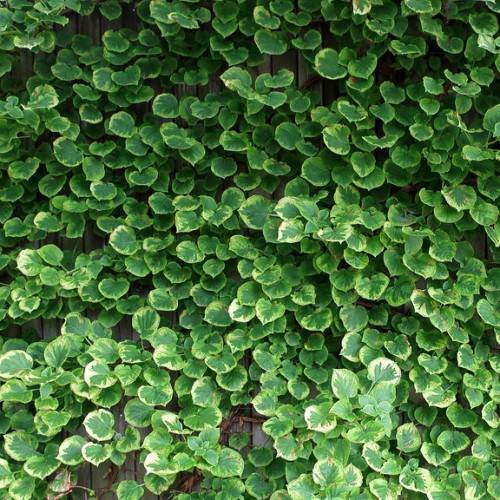
climbing hydrangea
Hydrangea anomala subsp. petiolaris 'Miranda'
Cycle:
Perennial
Watering:
Average
Hardiness Zone:
4 - 8
Flowers:
Flowers In Spring
Sun:
Part shade,full shade
Leaf:
Yes
Growth Rate:
Low
Maintenance:
Low
Salt Tolerant:
Yes
watering
For best results, Climbing Hydrangea (Hydrangea anomala subsp. petiolaris 'Miranda') should generally be watered once every week during the warmer growing months of the year. In the cooler winter months, it should be watered around once every month. This plant usually requires around 6-8 inches of water each time, so make sure that the soil is well drenched. Allow the soil to dry between watering to prevent root rot. Place your finger into the soil an inch or 2 to feel for moisture - if the area is still moist, then there is no need to water.
sunlight
Climbing hydrangea (Hydrangea anomala subsp. petiolaris 'Miranda') requires moderate amounts of direct sunlight. It should receive 2 to 4 hours of morning sunlight and no more than 4 to 6 hours of bright, indirect light throughout the day, including some additional shade during the heat of the afternoon. On hot sunny days, it may benefit from more shade, such as a shaded or semi-shaded location. Wherever possible, avoid planting the hydrangea near a south- or west-facing wall or other source of afternoon sun, as this could result in sunburn.
pruning
Climbing hydrangea should be pruned only when necessary to keep it from overtaking other plants in the landscape. Prune in late winter or early spring, just before new growth begins. Remove dead or damaged branches, and cut back any sprawling growth. Remove any stems that have been pulled away from the structure they were originally meant to climb. For a full renovation of an overgrown climbing hydrangea, prune older branches back to the main framework to encourage new growth.
